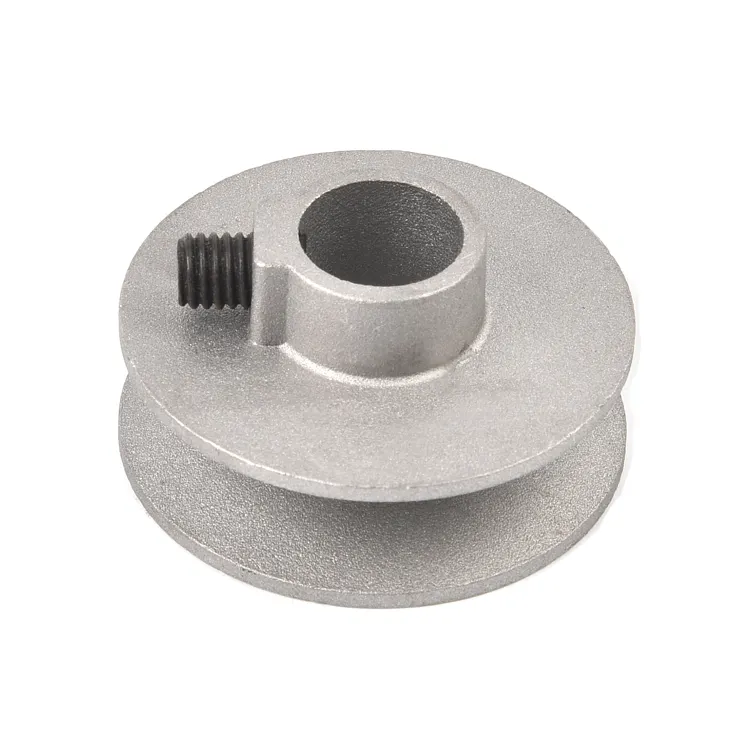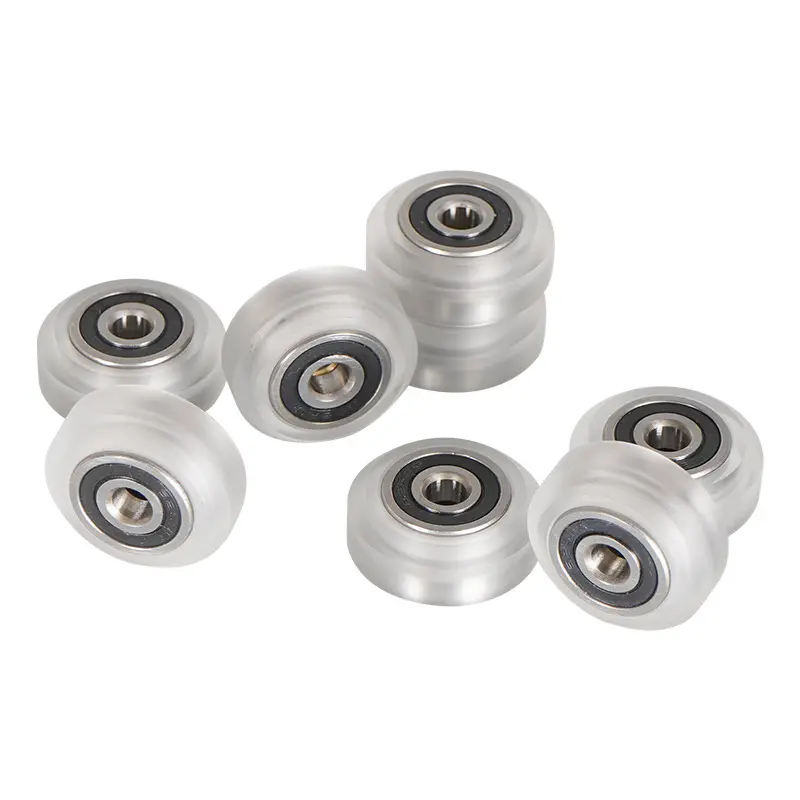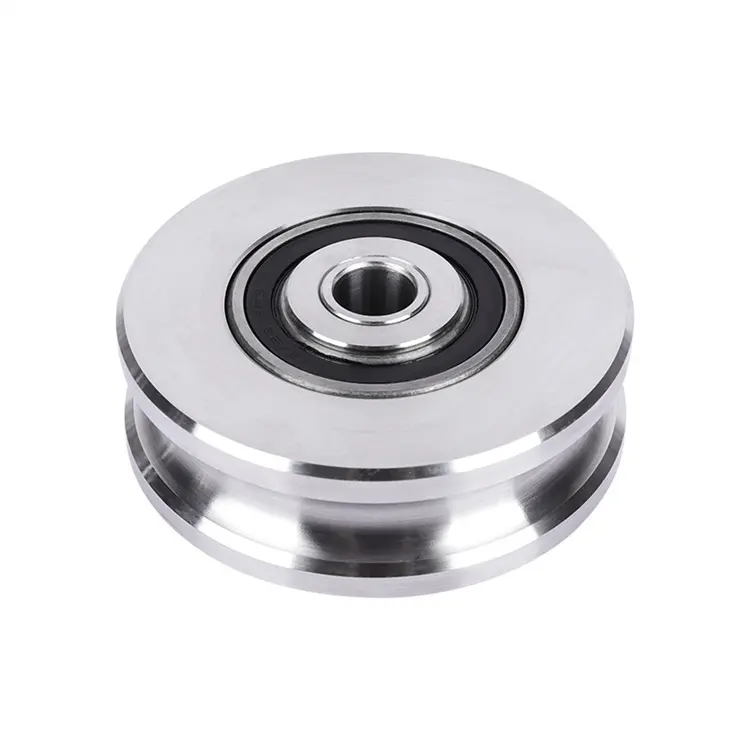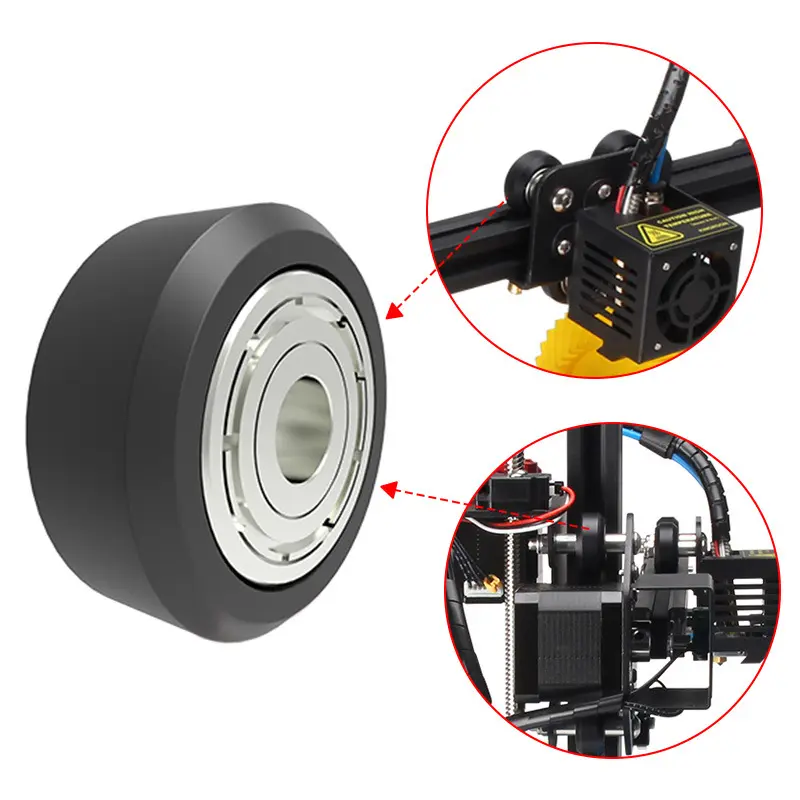Product Description
Zinc Alloy Mini Pulley-Single Sheave with Fixed Eye – copy – copy
Product features: Zinc Alloy Mini Pulley-Single Sheave with Fixed Eye is widely used in Doors and Windows, also in Breeding Industry and Vegetable Greenhouse. The weight is light, the surface is Slippy.
Specification
Factory/Pakage/Products picture
HangZhou Well Done Imp.&Exp. Co., Ltd —Chinese Manufacturer, Supplier, Factory.
An ISO 9001 certified firm, Lloyd’s register, specializes in the field of lifting and hoisting equipment, webbing and round sling, ratchet tie down, lashing equipment and cargo control series, chain and chain sling, wire rope and wire rope sling, material handling, rigging hardware,etc.
Customer praise and trade documents
Certifications
FAQ:
More Products
| Type: | Ring |
|---|---|
| Material: | Zinc Alloy |
| Number of sheaves: | 1 |
| Control: | Manual |
| Color: | Customized |
| Application: | Double Beam Crane, Gantry Crane, Bridge Crane, Tower Crane, Lifting Platform, Small Crane |
| Samples: |
US$ 0/Piece
1 Piece(Min.Order) | |
|---|
| Customization: |
Available
| Customized Request |
|---|

What safety considerations should be kept in mind when working with fixed pulleys?
Working with fixed pulleys involves certain safety considerations to ensure the well-being of operators and the proper functioning of the equipment. Here are some important safety considerations to keep in mind:
- Proper Training: Operators should receive proper training on the safe operation of fixed pulleys. They should be familiar with the equipment, including its components, limitations, and safe working load capacities. Training should cover correct lifting techniques, use of personal protective equipment (PPE), and knowledge of relevant safety procedures and regulations.
- Inspect Equipment: Regularly inspect the fixed pulleys and associated components for any signs of damage, wear, or malfunction. Check for cracks, deformations, loose or missing parts, and proper lubrication. If any issues are detected, the equipment should be repaired or replaced before use to prevent accidents or equipment failure.
- Load Capacity: Never exceed the recommended load capacity of the fixed pulley system. Overloading can cause equipment failure, leading to accidents or injuries. Ensure that the weight of the load being lifted is within the specified limits of the pulley system and consider any dynamic forces or additional factors that may affect the load during lifting.
- Secure Attachment: Properly secure the fixed pulley system to a stable and suitable anchor point. Ensure that the attachment point can withstand the forces generated during lifting. Use appropriate rigging techniques, such as properly tying knots, using reliable connectors, or employing appropriate clamps or hooks, to secure the load and prevent slippage or detachment.
- Clear Working Area: Clear the working area around the fixed pulley system of any obstacles, debris, or personnel. Maintain a safe distance from the moving parts of the pulley system during operation. Ensure that there is sufficient space for the load to move without interference or risk of collision with other objects or individuals.
- Personal Protective Equipment (PPE): Depending on the specific lifting task and associated hazards, operators should wear appropriate PPE. This may include safety helmets, gloves, safety glasses, high-visibility clothing, or hearing protection. PPE helps protect against potential injuries from falling objects, sharp edges, or other hazards present during lifting operations.
- Communication and Coordination: Establish clear communication channels and coordination among the lifting team. Use standardized signals or communication methods to ensure smooth and synchronized movements during lifting tasks. Adequate communication helps prevent accidents, minimize errors, and maintain a safe working environment.
- Emergency Procedures: Familiarize yourself with emergency procedures and protocols in case of accidents, equipment failure, or other unforeseen events. Ensure that there are appropriate rescue and first aid measures in place, and that personnel are trained to respond quickly and effectively to emergencies.
It is crucial to prioritize safety when working with fixed pulleys. Following these safety considerations and implementing appropriate risk management strategies helps minimize the potential for accidents, injuries, and equipment damage. Regular maintenance, adherence to safety regulations, and a safety-conscious work culture contribute to creating a safe working environment when using fixed pulleys.
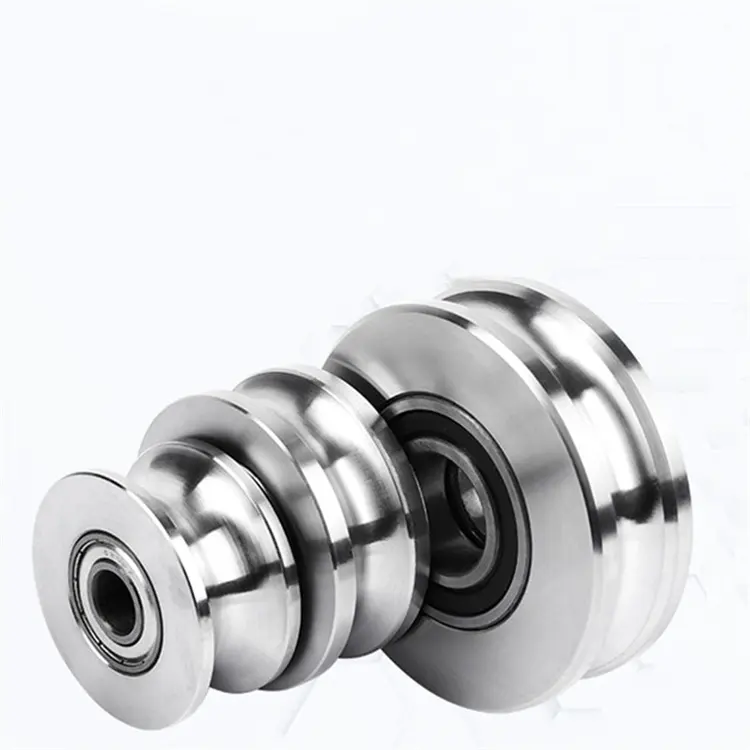
How do fixed pulleys contribute to the efficiency and safety of lifting operations?
Fixed pulleys play a crucial role in enhancing the efficiency and safety of lifting operations. Here’s a detailed explanation of how fixed pulleys contribute to these aspects:
- Mechanical Advantage: Fixed pulleys provide a mechanical advantage, allowing users to lift heavy loads with reduced effort. By redirecting the force applied to the rope or cable, fixed pulleys multiply the input force, making it easier to lift or move heavy objects. This mechanical advantage increases the efficiency of lifting operations by minimizing the physical exertion required and increasing the overall productivity of the task.
- Load Distribution: Fixed pulleys help distribute the load evenly across the lifting system. When multiple fixed pulleys are used in combination, the load is divided proportionally among them, reducing the strain on individual components. This load distribution not only improves the efficiency of the lifting operation but also enhances the safety by preventing overloading of any particular component, minimizing the risk of equipment failure or accidents.
- Control and Precision: Fixed pulleys offer better control and precision during lifting operations. The pulley system allows operators to apply force at a convenient location, while the load is being lifted or moved at a different position. This separation between the input force and the load enables operators to have better visibility and control over the lifting process, enhancing safety and minimizing the chances of accidental damage or injury.
- Force Direction: Fixed pulleys change the direction of force, allowing users to lift or move loads vertically, horizontally, or at different angles. This versatility in force direction contributes to the efficiency of lifting operations by accommodating various spatial requirements. It enables objects to be lifted or moved in the desired direction, optimizing workflow and reducing the need for manual repositioning, thereby saving time and effort.
- Reduced Risk of Back Injuries: By utilizing fixed pulleys, lifting operations can significantly reduce the risk of back injuries. The mechanical advantage provided by the pulley system minimizes the amount of force required to lift heavy objects manually. This reduces the strain on the operator’s back and musculoskeletal system, mitigating the risk of overexertion or back-related injuries, and promoting a safer working environment.
- Safe Load Handling: Fixed pulleys enable safe and controlled handling of loads. The mechanical advantage and improved control offered by the pulley system allow operators to lift or lower loads at a controlled speed, reducing the likelihood of sudden shifts or drops. This ensures that the load remains stable during the lifting operation, minimizing the risk of accidents, collisions, or damage to the load or surrounding infrastructure.
In summary, fixed pulleys contribute to the efficiency and safety of lifting operations through the provision of mechanical advantage, even load distribution, enhanced control and precision, versatile force direction, reduced risk of back injuries, and safe load handling. By utilizing fixed pulleys, lifting tasks can be performed with greater ease, productivity, and safety, improving overall operational efficiency and minimizing the potential for workplace accidents or injuries.

How does a fixed pulley assist in lifting and lowering objects?
A fixed pulley plays a crucial role in lifting and lowering objects by changing the direction of the applied force. Here’s a detailed explanation of how a fixed pulley assists in lifting and lowering objects:
When it comes to lifting and lowering objects, a fixed pulley provides a mechanical advantage by altering the direction of the force applied to the rope or cable. Here’s how it works:
- Attachment: The fixed pulley is securely attached to a stationary structure or framework, ensuring its stability during operation.
- Load Connection: The object to be lifted or lowered is connected to the rope or cable that runs through the groove of the fixed pulley.
- Force Application: As force is applied downward on one side of the rope or cable, the fixed pulley changes the direction of that force upward on the other side.
- Tension Distribution: The force applied to the rope or cable creates tension throughout its length. The tension is transmitted from the side where the force is applied to the side connected to the load.
- Lifting or Lowering: By pulling or releasing the rope or cable, the user can apply a force that causes the load to be lifted or lowered, depending on the desired direction.
The fixed pulley does not provide any mechanical advantage in terms of reducing the effort required to lift or lower the load. However, it does offer a significant advantage by changing the direction of the force. This change in direction can be advantageous in various lifting scenarios:
- Vertical Lifting: In a vertical lifting scenario, a fixed pulley can be used to change the direction of the applied force from downward to upward. This makes it easier to lift a load against the force of gravity.
- Horizontal Movement: A fixed pulley can also assist in moving objects horizontally. By changing the direction of the force, it allows for controlled movement along a desired path.
- Combined Systems: Fixed pulleys are often used in combination with other pulleys, such as movable pulleys or compound pulley systems, to create force multipliers and increase the mechanical advantage in lifting or pulling applications.
It’s important to note that while a fixed pulley changes the direction of the applied force, it does not reduce the overall amount of force required to lift or lower the load. To achieve a mechanical advantage and reduce the effort required, fixed pulleys are often combined with other pulleys in more complex systems.
In summary, a fixed pulley assists in lifting and lowering objects by changing the direction of the applied force. It does not provide a mechanical advantage on its own but is an essential component in various lifting scenarios, allowing for controlled movement and facilitating the transfer of force from the user to the load.


editor by CX
2023-12-11
